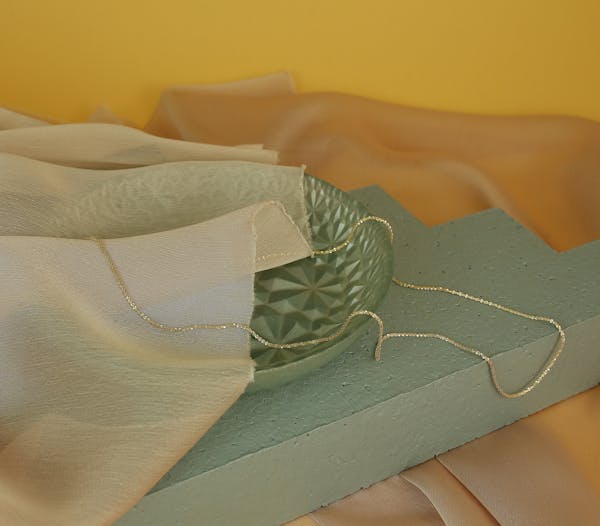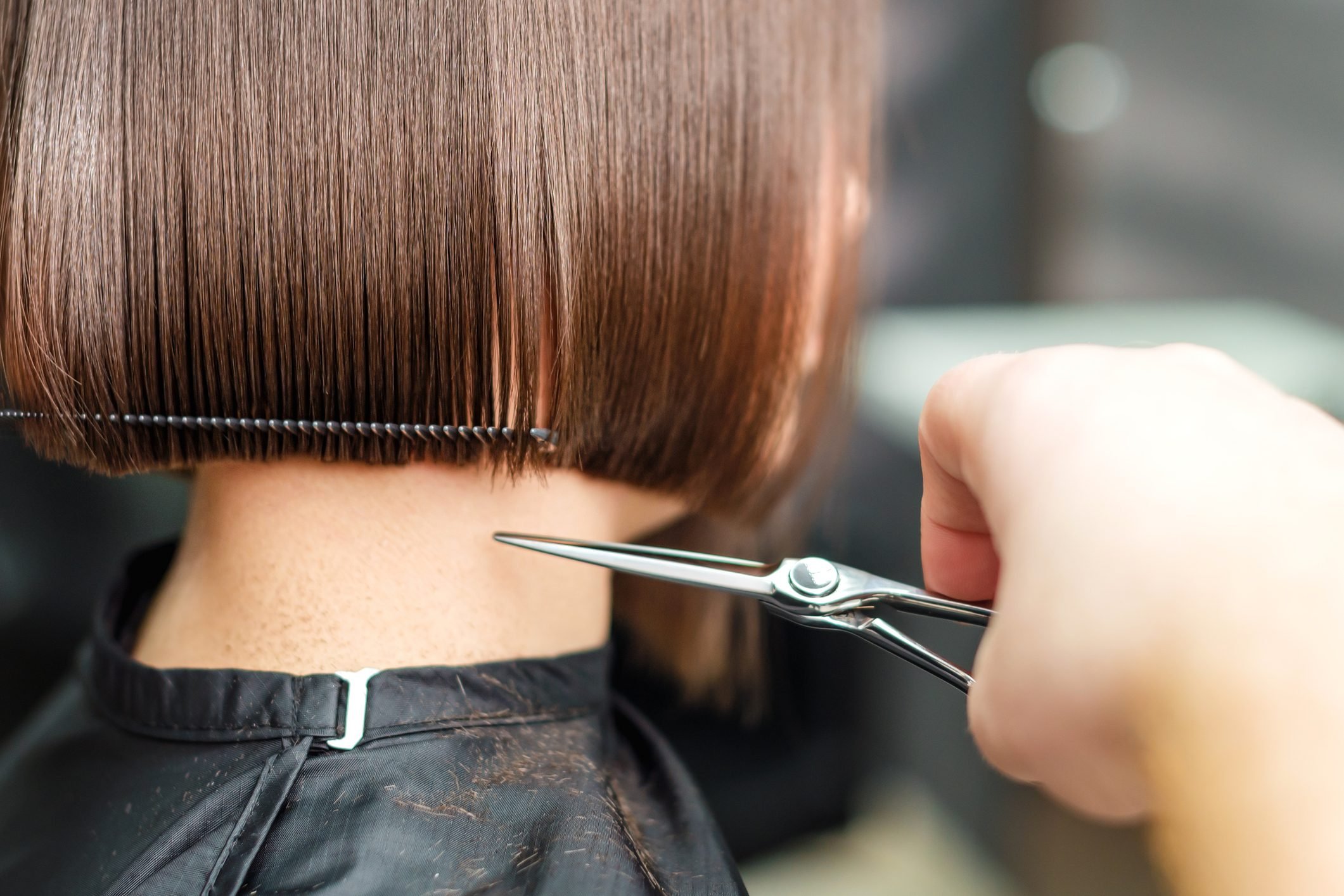Is Liposuction Safe?

Before deciding to undergo liposuction, make sure you know a few facts about the procedure. These include what to expect from the Anesthesia, the Compression garments, Long-term side effects, and recovery time. In addition, you should be aware of the risks involved in this surgical procedure, and what you can expect during your consultation with your doctor.
Anesthesia
While liposuction may look like a simple surgery, there are several complications that can occur during the procedure. Liposuction is a cosmetic procedure that involves removing fat from certain parts of the body, not reducing body weight. People may seek liposuction if other weight-loss measures have failed. To ensure a safe procedure, patients should be monitored closely.
Liposuction can be performed under either local or general anesthesia. Local anesthesia numbs only the area that needs to be removed, and may be combined with intravenous sedation to make the patient more comfortable. For more extensive procedures, a regional anesthesia may be used, such as an epidural block (the same type of anesthesia used during childbirth). If a large amount of fat is being removed, general anesthesia may be required.
Systemic anesthesia is not without risks, but there are risks associated with both types of anesthesia for liposuction. The most important risk of systemic anesthesia during liposuction is human error. If the anesthesia is not sufficiently controlled, a surgeon may over-anesthetize the patient and cause a complication.
Compression Garments
Compression garments are specially designed garments that reduce tension in the scar area after liposuction. These garments are made of stretchy, strong synthetic fabrics that provide even pressure over the liposuctioned area. They can be purchased in a range of designs and support levels.
Depending on the type of liposuction, compression garments can help to reduce pain and discomfort. They can also help to prevent the development of hypertrophic or raised scars. Lastly, compression garments can make your recovery easier by breaking down collagen and reabsorbing it into the body.

A good compression garment should fit tightly but not too tightly. If it is too tight, it can cause more swelling. Before purchasing a compression garment, consult with your surgeon to determine the correct size. It is essential to wear a garment that applies even pressure over the surgical area.
Compression garments are worn from the second postoperative week to eight weeks after liposuction. They have no zippers or eyes and are typically worn underneath clothing. They are necessary because liposuction removes fat from specific body areas. Afterward, the skin may sag because of the removed fat cells. The compression garments prevent this from happening by holding the skin tight to the underlying tissues.
Recovery Time
Liposuction recovery time will vary depending on the area of the body being treated and the technique used during the procedure. It is typically 5 to 7 days, but it can last as long as four to six weeks. This period allows the swelling and bruising to subside before returning to work or normal activities.
The length of time required for liposuction recovery will depend on the procedure and how large the treatment area was. Your doctor will discuss what to expect before surgery. Many liposuction operations are performed under a general anaesthetic. Therefore, you may have to stay in the hospital overnight. You should also be sure to follow all instructions given by your plastic surgeon to prevent any complications from occurring.
Patients are advised to limit their salt intake and stay hydrated after the surgery. Most patients can return to work after a week, but physical work may require longer time off.






